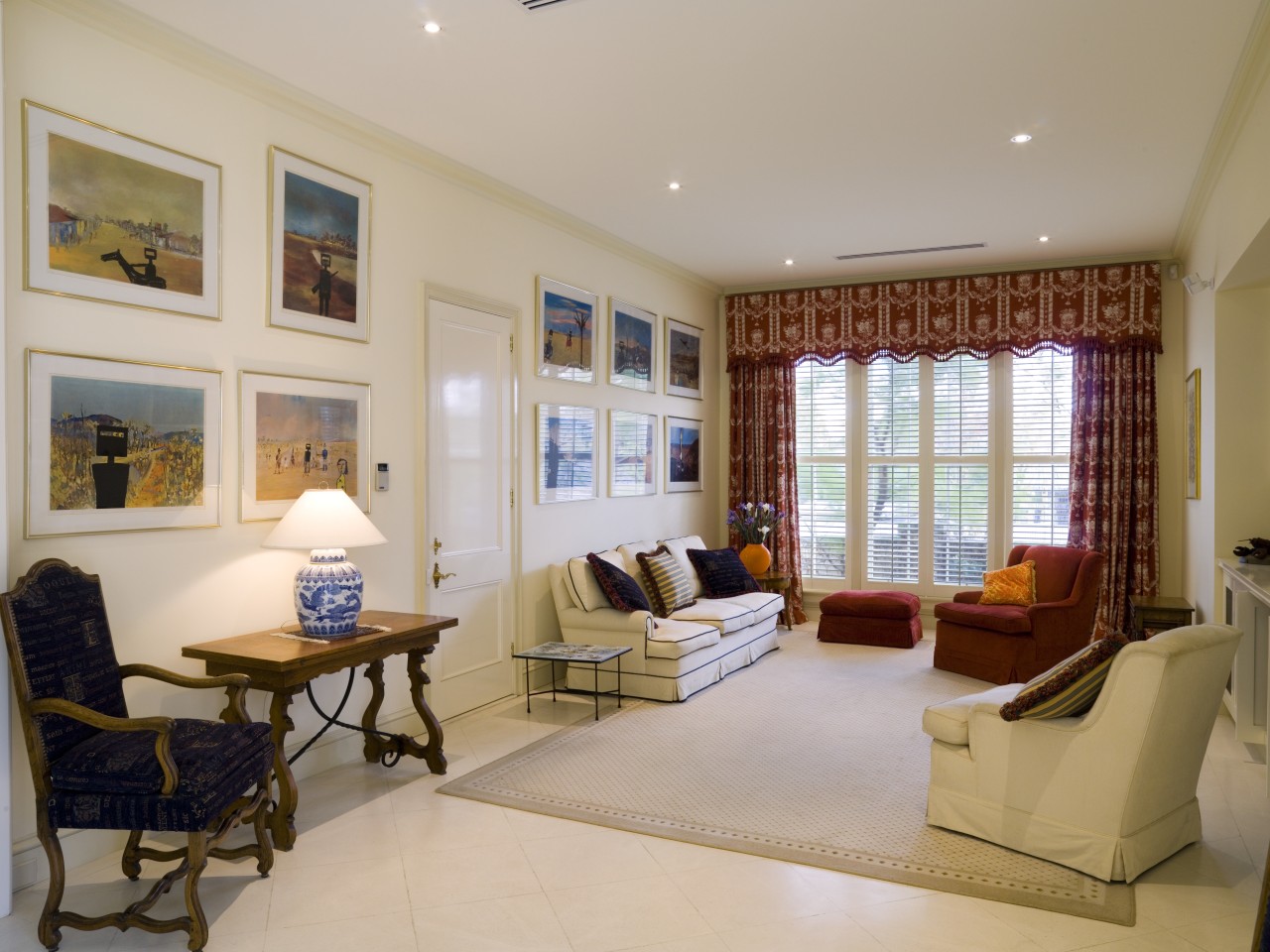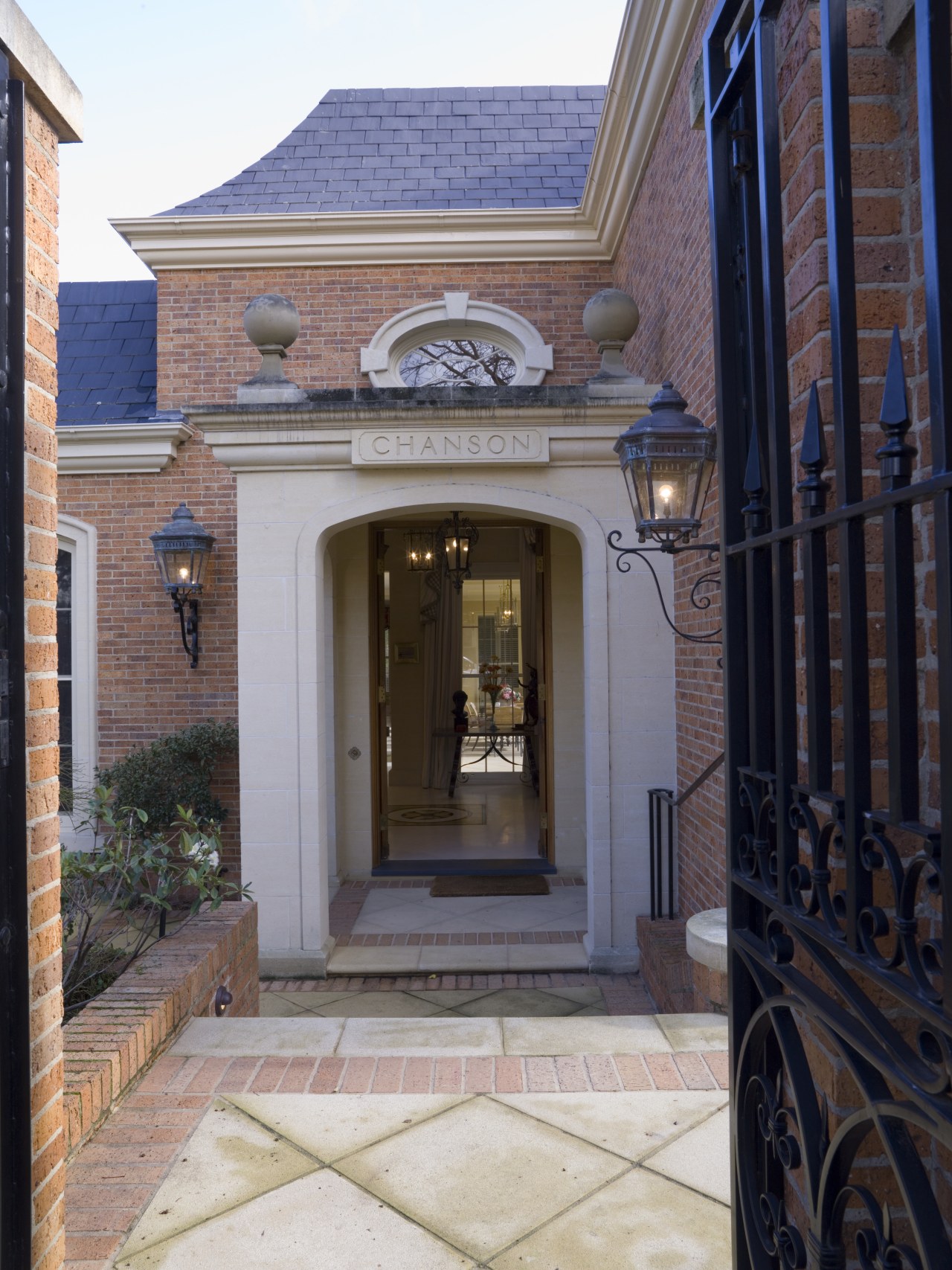Vive la difference
Although influenced by traditional French architecture, the design of this house presents a highly individual response to the local climate and the owners' lifestyle
Traditional French architecture can be characterised by key design details a sweeping Mansard roof, handcrafted limestone mouldings or a wrought iron balustrade. But the French vernacular is just as much about scale and proportion, as it is about attention to detail.
Architect Michael Munckton of Rosenthal Munckton & Shields says these spatial elements were a priority for the design of this house.
"Providing an easy, intuitive flow through the house and a good indoor-outdoor connection was essential," he says. "And although the owners wanted the house to have a French feel, rather than an English country house look, we never set out to design a faithful reproduction. The house is a modern interpretation of a traditional French house a design that works with the local climate, the site, and the lifestyle of the owners."
Munckton says the gently sloping site has two road frontages, which meant the garaging could be positioned at the rear, preserving the look of the front elevation.
"The house occupies the bulk of the site beside the boundaries, effectively wrapping around three sides of a large, landscaped courtyard," he says. "This has a colonnaded veranda, which helps give it a Continental look."
The French influence is also evident in the material palette, which includes a traditional Mansard slate roof, and brick cladding. Small 50mm bricks were chosen to complement the extensive use of locally sourced limestone. This appears on decorative exterior mouldings around doors and windows, and beneath the roof line. It also forms the front portico.
advertisement
The substantial look of the house is further reinforced by its height at the front, which reflects the 4m-high ceilings in the entrance hall and drawing room.
"These rooms have a volume in keeping with the scale of the house, but they are not intimidating," says Munckton.
Both the entrance hall and drawing room feature limestone floors and walls, which enhance the traditional French feel. Furnishings and accessories in both spaces also reflect this influence.
"The furniture and fabrics include sumptuous silks and tapestries, French antiques, and an Aubusson-style rug," says Munckton. "The front doors are antique French oak, and incorporate glass-backed, wrought iron screens."
But just as the architecture is not a slavish French reproduction, so the interior also presents a modern interpretation. The owners' extensive art collection, which includes contemporary works, fits seamlessly into the setting.
To provide continuity, the limestone flooring at the entrance extends through the house, along a passage that borders the north-facing courtyard.
"This passage forms a transition space between the courtyard and the dining room and kitchen," says Munckton. "Throughout the house, we have looked to provide generous spaces in the living areas, even though the total floor area is not huge, at 350m². The family areas also benefit from the large sliding doors that open up an entire wall to the courtyard."
The open-plan kitchen and dining room have a light, airy ambience. A bank of painted, solid-wood cabinetry along one wall of the dining area provides storage for glasses and crockery. It also conceals a self-contained drinks area, complete with sink and small refrigerator.
Designed in a U shape, the kitchen cabinetry features traditionally styled panel doors, and plenty of bench space.
An adjacent, west-facing family room again highlights the modern spin given to the traditional French theme. Like the drawing room, contemporary art and furniture are juxtaposed with classical French antiques. White-painted shutters provide shade from the late afternoon sun.
The master suite borders the third side of the courtyard. Munckton says that although modestly scaled, the suite provides a walk-in dressing room and ensuite, both of which can be accessed from the family room, as well as the bedroom. And like all the living spaces, the bedroom maximises the sun to provide a warm and inviting retreat.
Credit list
Interior designer
Landscaping
Cladding
Flooring and walls in entrance and drawing room
Mantel
Benchtops
Story by: Trendsideas
Home kitchen bathroom commercial design
advertisement
advertisement
advertisement
advertisement
advertisement
advertisement
advertisement













